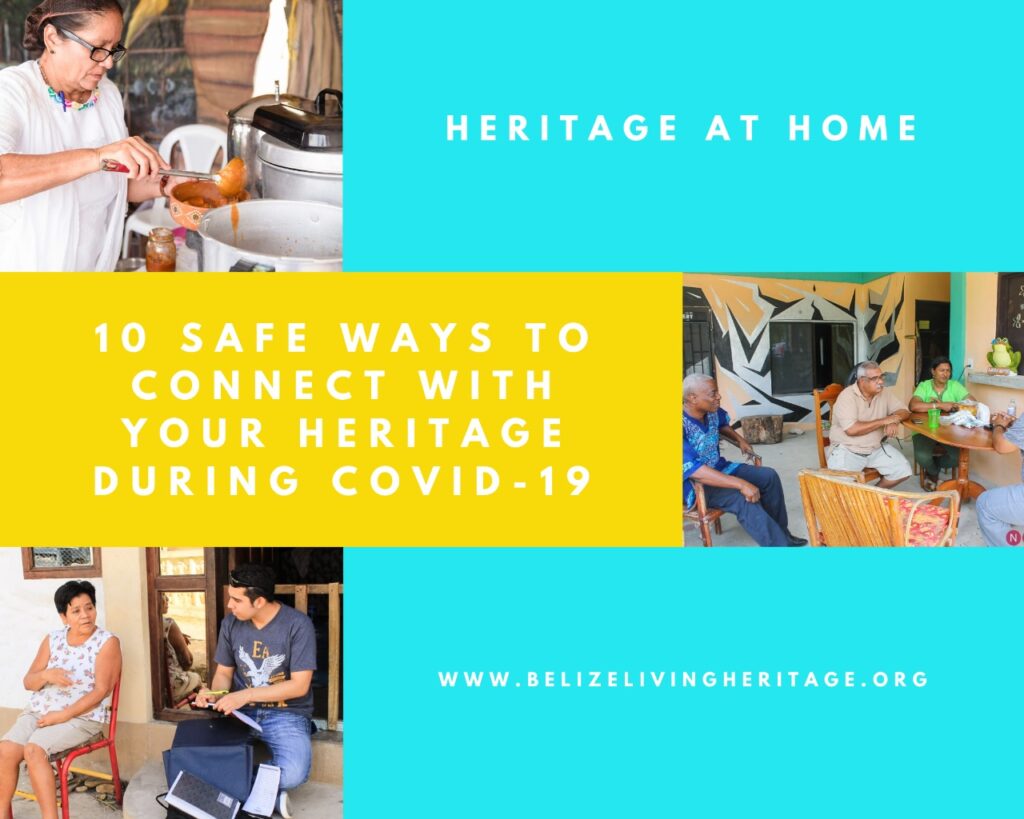
Contributors: Linette Sabido and Selene Solis | May 5, 2020
With global limitations on social gatherings, the closure of cultural and heritage spaces including museums, sites and reserves, libraries, community centers, as well as the cancellation of concerts, festivals and other arts and cultural heritage activities, many communities are struggling to identify opportunities and spaces for the continued practice, transmission, and showcase of their cultural heritage.
What we often fail to realize though, is that we can and do practice our cultural heritage every day from the safety of our own homes. Here you’ll find some ideas of how you can engage with your heritage while at home.
1. Draw a family tree
Our families are the primary source for learning our culture, traditions, belief systems, ways of life, and cultural values. Working on a family tree can be the first step towards identifying the individuals, communities, and connections that have made us who we are today.
Creating it is more than just writing in names and dates on a diagram. (You can find free genealogy chart samples here.) Through a family tree, we can visually connect our present with our past, while imagining the possibilities for future generations.
2. Make a family recipe or share a traditional meal.
Nothing brings a community together like food. Whether preparing a meal for a cultural holiday, using tried and true family recipes, or finding something to inspire you on Youtube, food is one of the easiest ways to connect with people, places, cultures, and traditions.
Many cultural groups and food communities across Belize take great pride in their culinary practices and festivities (consider the various food and agriculture festivals organized across Belize: Cacao Festival, Lobster Festivals in Placencia, Caye Caulker and San Pedro, Tacos Festival, Stone Bass Festival, Mango Festival, Cashew Festival, Yellow Ginger Festival….)
While many of these festivals will not be happening this year, we mustn’t overlook our homes and kitchens. Many times, a family has their own special recipe, or a secret spice known only to skilled family chefs. Preparing and sharing a traditional meal with your family connects history and memories with traditions and culture.
Is anyone hungry?
3. Speak your mother tongue.
Language and culture are inseparable. Garifuna, Q’eqchi, Mopan, Yucatec, Kriol, Spanish and all the various languages spoken in Belize are the medium through which we transfer our cultural and community values through oral traditions and expressions such as stories, oral folklore, songs and oral histories.
While there are many factors that keep us from using these languages in everyday settings, being at home with family, and speaking with our elders is an opportunity to connect with our cultural heritage through stories and language.
Extra points for those who are able to learn new vocabulary words, expressions, and phrases! The Being Garifuna Platform is even offering Conversational Garifuna Language Classes for those willing to learn. Here, we must remember the Belize Kriol proverb, “wan, wan, okra full baskit,” or “step by step, we will reach our goal.”
4. Go through old family albums.
There are so many stories about our communities, our families, what they’ve achieved, where they’ve come from, and how their lives were during a specific point in time hidden away in dusty family albums and stacks of old photographs.
You never know what treasure you might find buried in those albums, and how they tell a personal family story, or can contribute to shedding light on the history and people in our communities.
5. Speak to a family member about life when they were younger.
Children love to ask questions! One of the easiest (and most enjoyable) ways for children and younger generations to learn more about their families, their communities, and their culture is through speaking to members of their families. Grandparents, aunts, uncles, and others can offer a wealth of information about family histories, communities in the past, and important historical events.
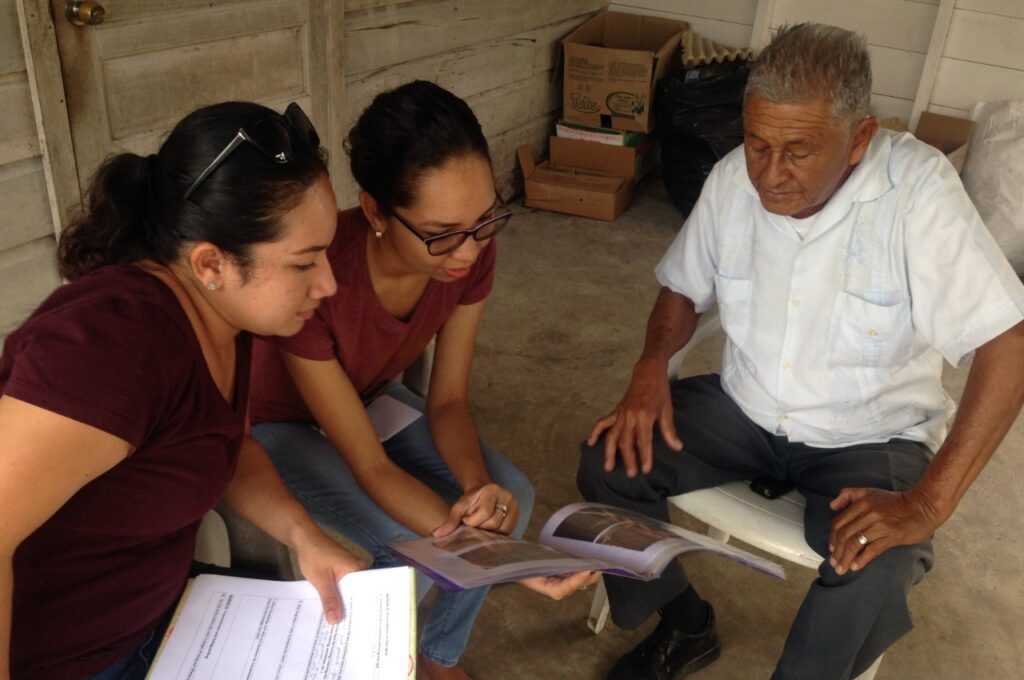
Remember, the family trees and photo albums mentioned above? These can be the stimulus for a wealth of family histories and knowledge. Use them as a tool to get those in your family talking.
6. Watch a documentary about 3 of Belize’s most celebrated traditional musicians.
Now more than ever, there is an abundance of culture-specific media available across several platforms. One example is “Three Kings of Belize,” an absolute treasure of a documentary. It features celebrated traditional Belizean musicians Florencio Mes, Paul Nabor, and Mr. Peters, the Kings of Harp music, Paranda, and Brukdong respectively.
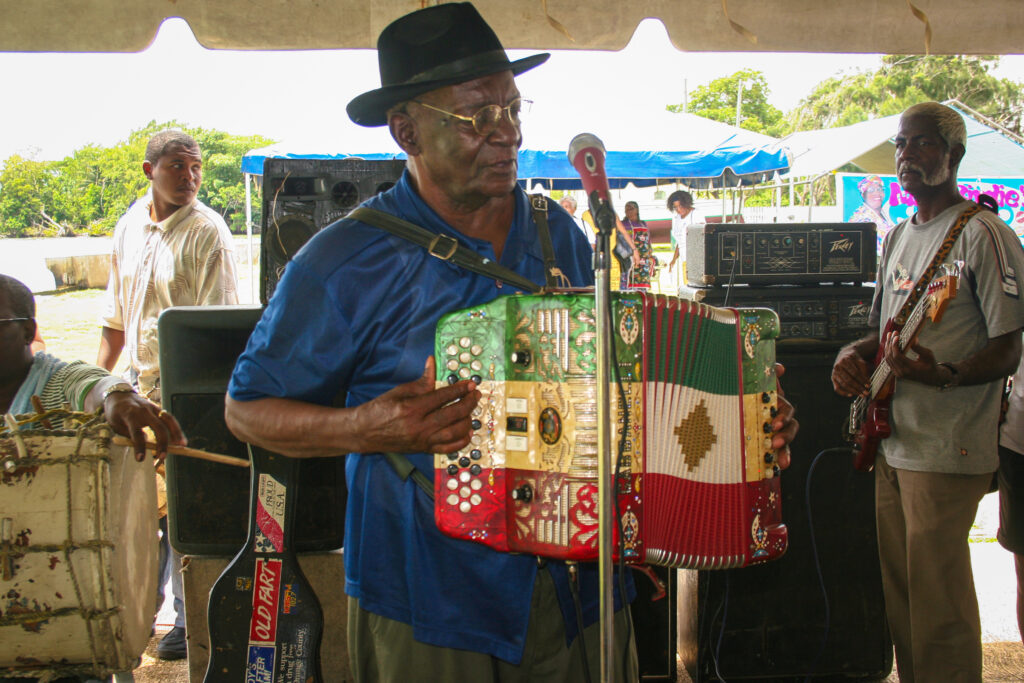
The documentary explores culture, tradition, and the difficulties cultural practitioners face in safeguarding tradition due to disinterest from the younger generation. It’s available for viewing here.
The image and sound of the great traditional harpist (the last of the three Kings), and the acclaimed Parandero Paul Nabor singing Naguya Nei, accompanied by the King of Brukdong Mr. Peters, while children sing along and observe in the background, is worth the 1 hr and 28 minutes of your time.
7. Listen to music by a local musician.
Along with food, music is the great uniter of people and communities. No festival or sacred event would be complete without it. With events, festivals, and gatherings canceled across Belize and the globe, there is no better way to show love for local musicians than pulling up their content available on streaming platforms such as Youtube, Spotify, Apple Music, and others. A classic of World and Belizean music.
Thanks to technology, the diverse range of Belizean music is now available for listening pleasure, and our artists need your support. In fact, they’ve even become proactive innovators, organizing Belize’s first-ever Virtual Music Festival which is still available on Facebook here: Bz Virtual Music Festival.
8. Be inspired by nature.
Many of us have plants that are hugely beneficial to our well being right in our backyards. Nature, natural heritage and associated traditional knowledge passed on from generation to generation have been the cornerstone of local diets, hygiene and health, and even beauty traditions for generations. Fever grass, skajineel, and aloe vera are just a few plants that many families have domesticated and are regularly used for various purposes.
As a young girl, my grandfather recounted stories of his mother, a Yucatec Maya, washing her long dark hair with skajineel. Many people still look to these natural remedies for home-made hair masks, scalp treatments, and other uses.
9. Submit an entry to the Belize National Festival of Arts
For the first time, the Belize National Festival of Arts goes virtual under the theme “Creative Resilience: Social Media is my Stage.” The annual Festival is the biggest showcase for young creative talent in Belize, and entries are encouraged in all areas of the arts including dance, music, drama, poetry, visual arts, film, graphic design, handicraft, and creative writing.
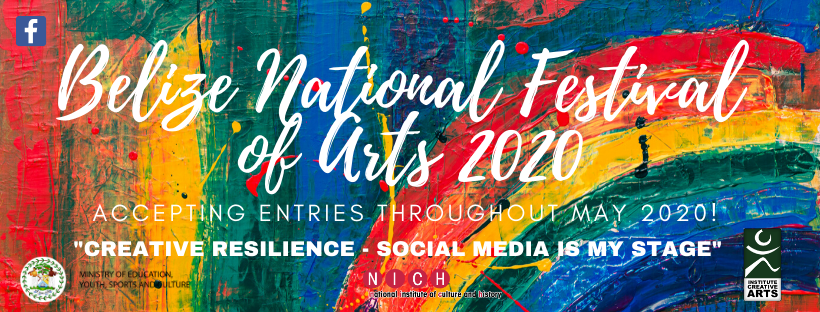
For more information, contact [email protected], [email protected], or follow the Belize National Festival of Arts Facebook Page.
10. Explore the Belize Living Heritage Website.
Last but not least, we encourage you to browse the Belize Living Heritage Website. This website was developed to showcase the various forms of living heritage that exist in Belize. It is a rich resource with documentaries, posters, and write-ups about the various practices and traditions. Moreover, it also highlights individuals who have dedicated their lives to ensuring that these are safeguarded for future generations.
You can also contribute to the site, with information and photographs about other practices, traditions, and beliefs practiced in your families and communities. Contact [email protected] if you’d like to contribute.
A few honorable mentions:
- Read a free eBook from the Fajina Archaeology Outreach: “To the Mountain.” It’s available in English, Spanish, and Maya.
- Shop for Belizean-made products on the BelizeON App and website.
- Explore virtual spaces for the arts. Here are just a few artists and galleries making their work available online:
If you have other ideas about how you and your families practice your cultural heritage at home, please share them with us in the comments below.

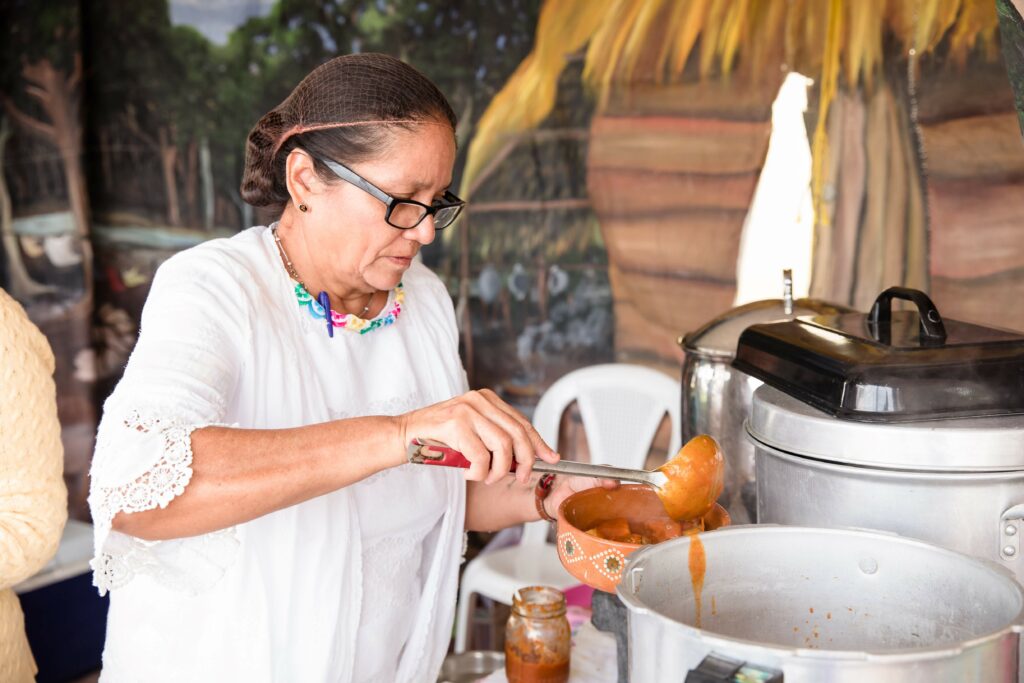


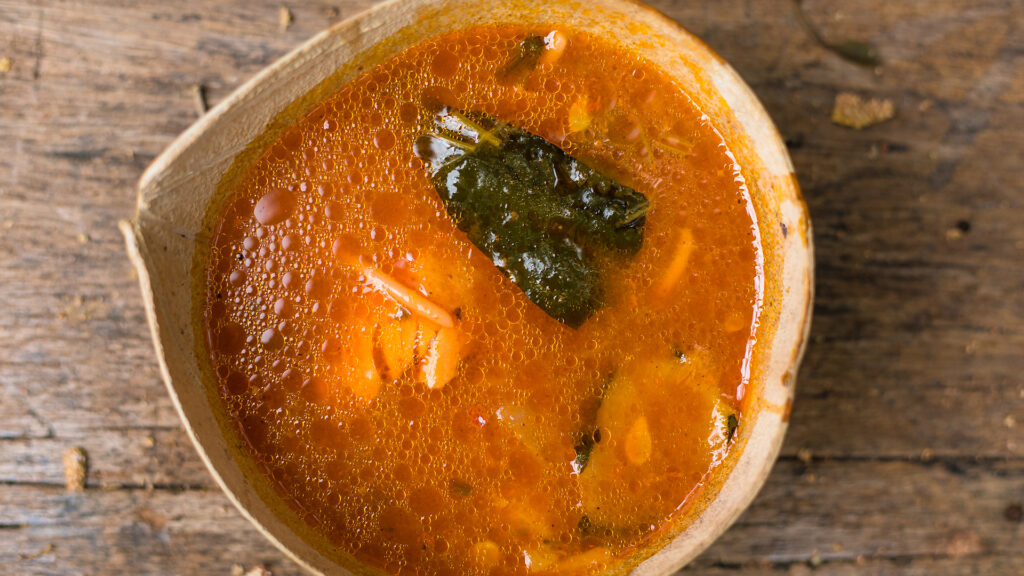



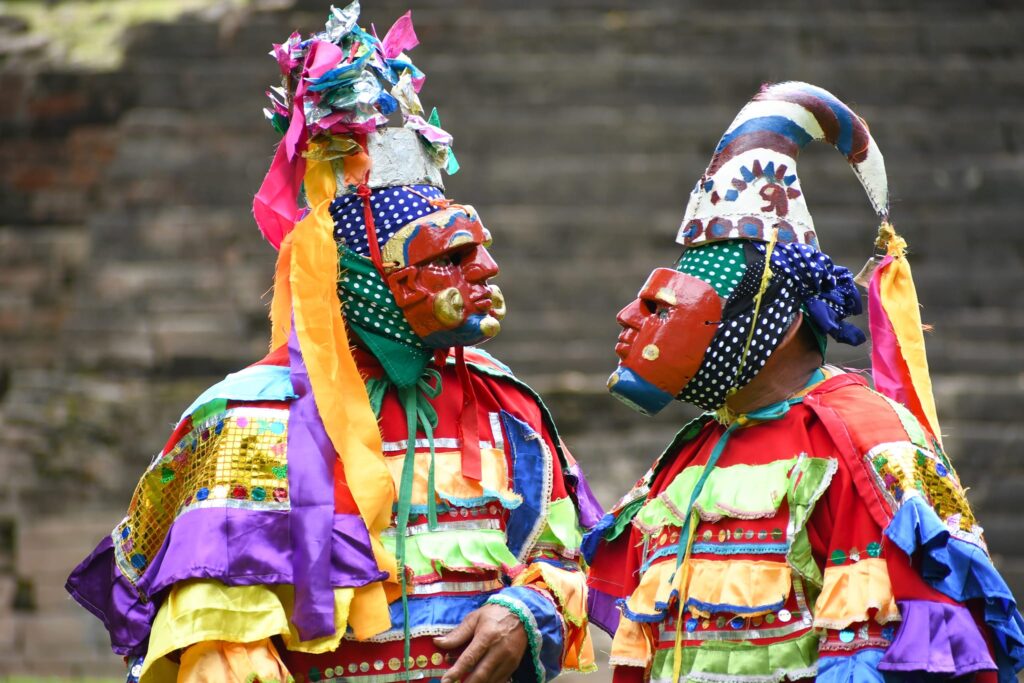
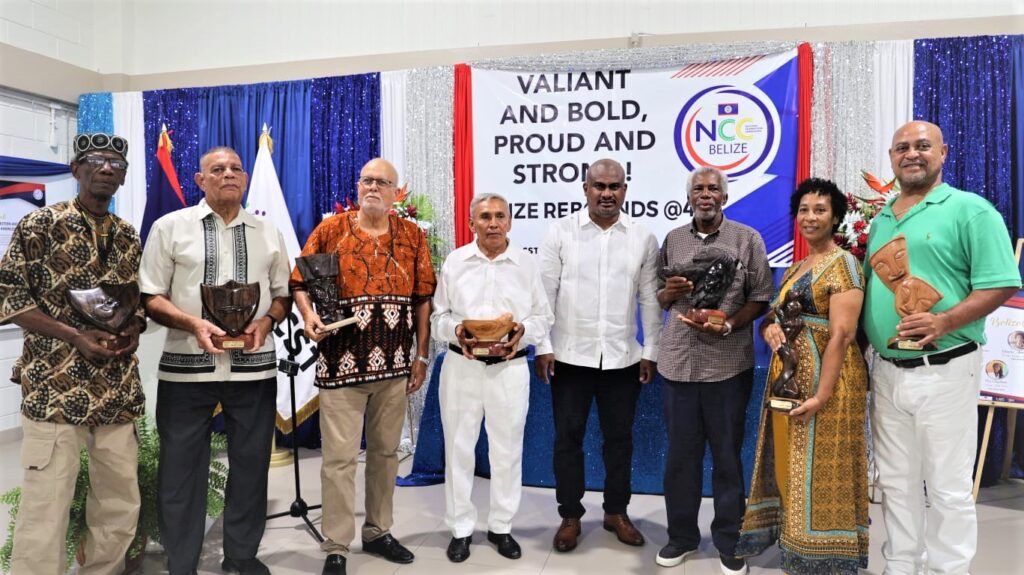
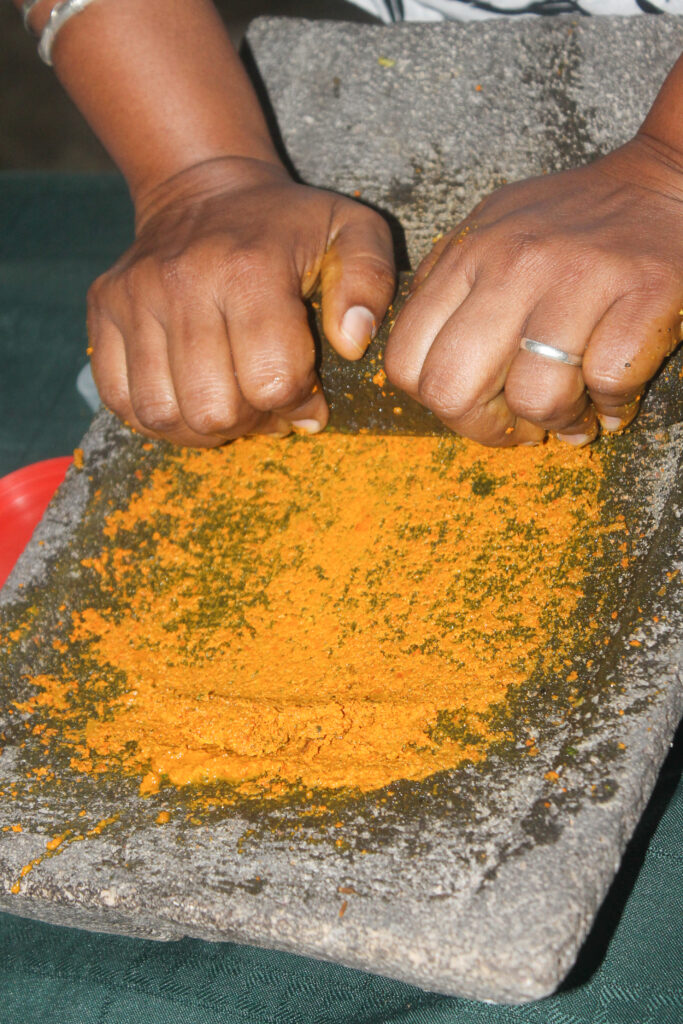
Recent Comments